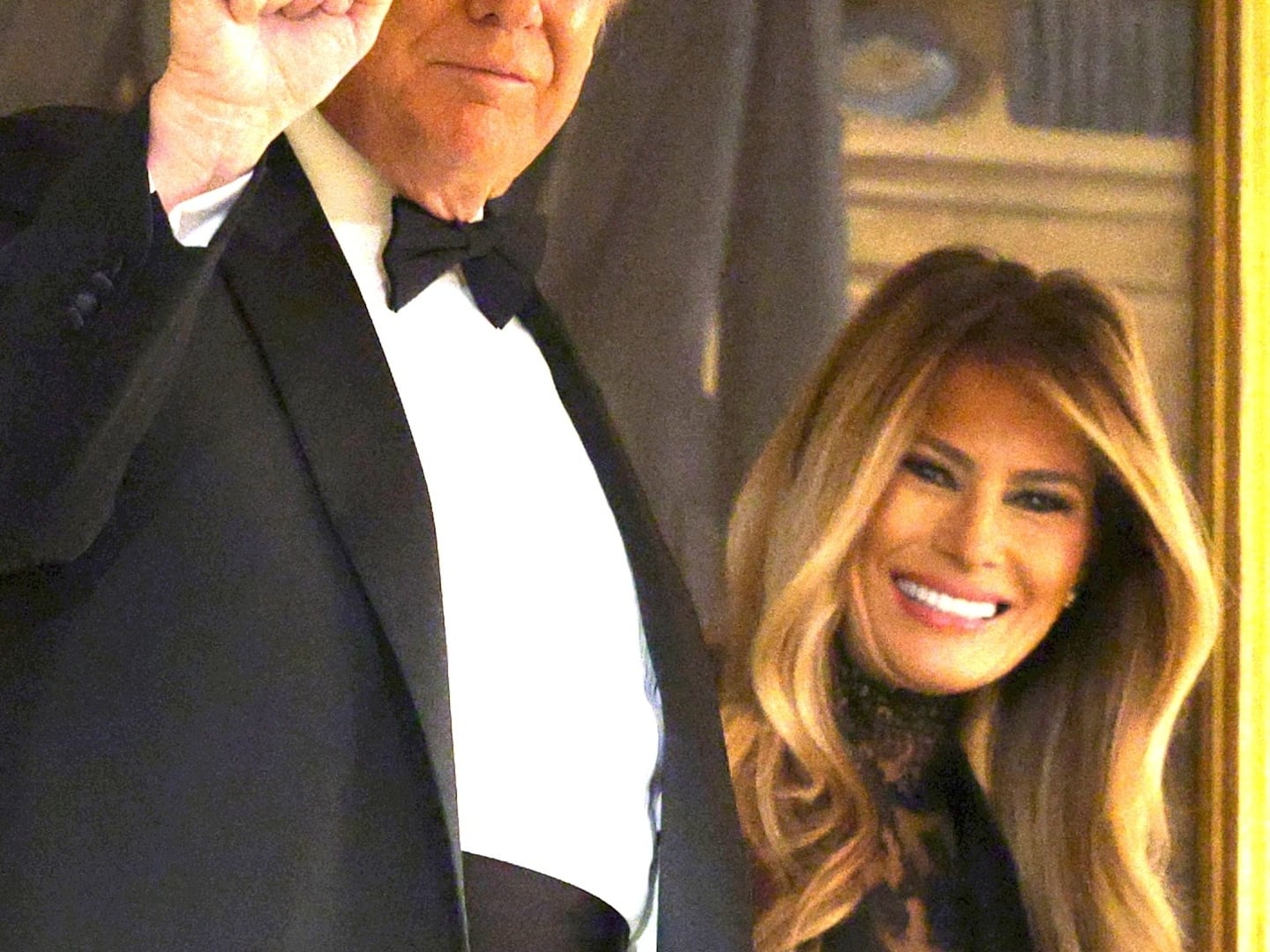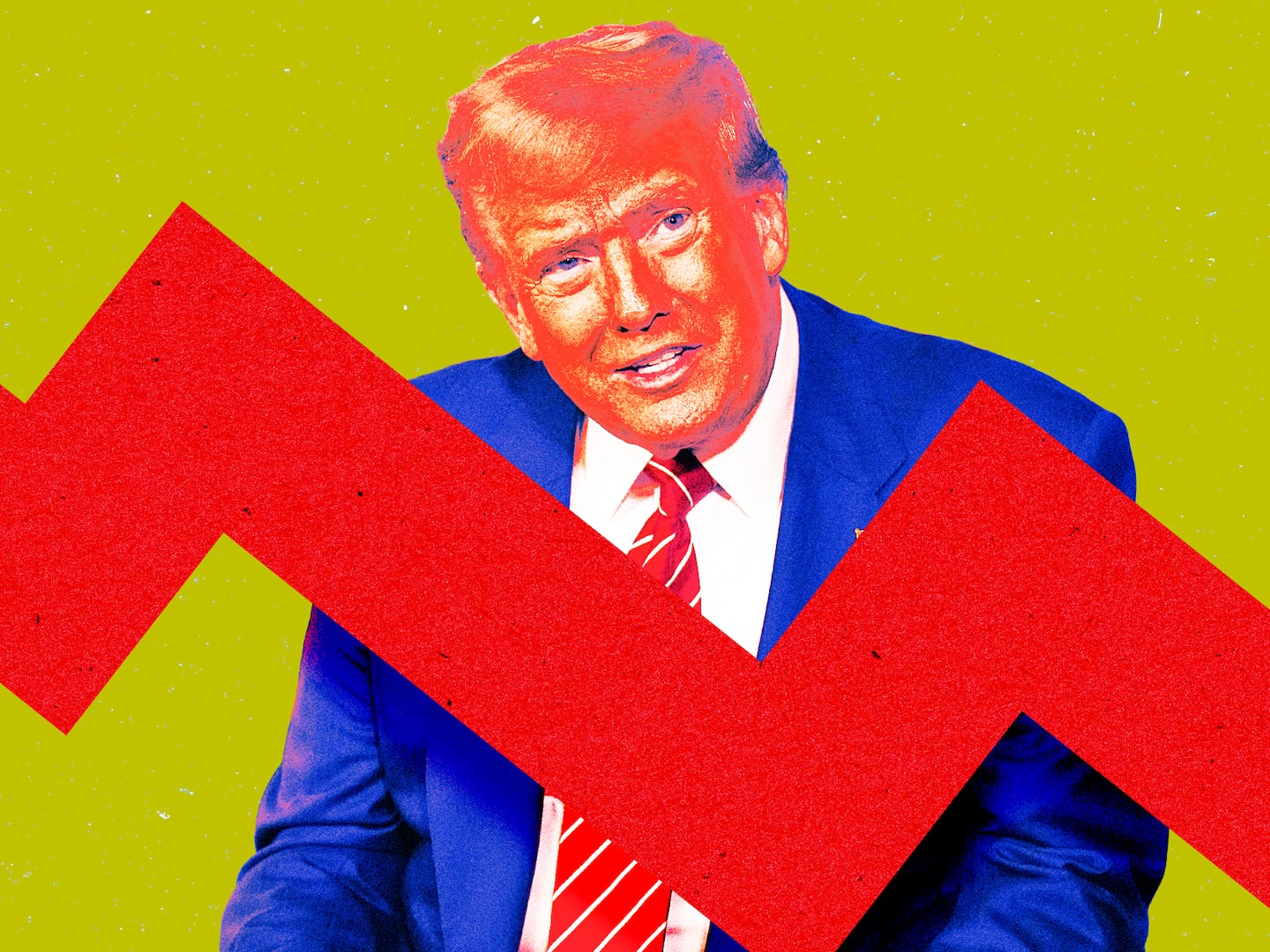The people of Hawaii were not happy. King Kalakaua had reigned for eight years, but all it took was one trip around the world for him to decide that he needed a European-style coronation complete with all the pomp and circumstance—otherwise known as “no expense spared”—that the celebration would entail.
This ceremony, naturally, would also require new crowns for both the king and queen, ones that would be made in London and liberally encrusted with all the fine gems and diamonds that befit their station.
“At the time, the taxpayers of this country strenuously objected to the expenses of the coronation exercises, but their objections carried no weight and the expensive festivities went on,” the Daily Pacific Commercial Advertiser reported a decade later in 1893 (PDF).
The coronation might have been an excessive vanity play for a king who was already king, but Kalakaua was looking to the future in the purchase of the sparkling new his-and-her headpieces; the crowns were intended to live well beyond the ceremony and serve as something of a royal investment that could be passed down through generations of rulers.
Little did he know that they would only be worn once. The Hawaiian monarchy would soon fall and, as the dust of the coup settled, a plot against his gold crown would be uncovered.
But those were concerns for another day. Feb. 12, 1883 dawned with downpours that soon cleared up as the citizens of the country of Hawaii gathered to officially coronate King Kalakaua on the ninth anniversary of his reign.
The events of the day followed the standard coronation template. King Kalakaua and Queen Kapiolani processed onto the dais and took their thrones. After swearing his oath, donning the traditional feathered cloak of Hawaii’s kings, and taking up his new scepter, the king was finally ready to be crowned.
The crown that had arrived from London was a beauty cast in solid gold (PDF). A velvet cloth cap underlaid the gold structure, whose peak was garnished with a Maltese cross embedded with a large diamond in the center which was “the size of a ten cent piece.”
Other precious stones and diamonds were inset throughout the crown (one account lists the bounty at 521 diamonds, 54 pearls, 20 rubies, 20 opals, eight emeralds, and more) and solid gold kalo (also known as taro) leaves were mounted on either side to represent the sacred plant of Hawaii.
A similarly impressive coronet was ordered for his queen, bringing the grand total of their new accessories to $10,000 ($225,000 in today’s currency).
The crowning of Kalakaua went off without a hitch. With the chancellor’s somber pronouncement, “Receive this Crown of pure gold to adorn the high station wherein thou hast been placed,” he was officially—well, officially still—the reigning monarch of Hawaii.
But the crowning of the queen didn’t go quite so well.
According to Julia Flynn Siler in Lost Kingdom: Hawaii’s Last Queen, the Sugar Kings, and America’s First Imperial Adventure, all parties involved forgot to take into account the elaborate hairstyle the queen was sporting on that important day. When the king turned to ceremonially crown his consort, the crown wouldn’t fit.
“The audience watched with intense interest, while hairpins, comb, and veil were being removed. In vain! The crown would not fit, and in desperation, and apparently in no very good temper, the King made a final effort, and literally crammed the insignia of royalty down on Her Majesty’s temples,” one Westerner wrote of the festivities, according to Siler.
The coronation day would be the only time that King Kalakaua would wear his sparkling new crown.
In 1891, the king was on a visit to San Francisco when he died. His sister assumed the throne, but her reign only lasted two years.
After trying to expand the powers of the monarchy and the rights of native Hawaiians, Queen Lili’uokalani was deposed in an 1893 military coup backed by businessmen and sugar impresarios, many of whom were American. With that, the Hawaiian monarchy had come to an end.
It was in the aftermath of this regime change that a shocking secret was discovered. As the new rulers started to survey their bounty, they requested that all the royal property in the care of the previous custodian be turned over.
The king’s crown had been stored for safekeeping in a locked leather box in the custodian’s office at the basement of Iolani Palace. When the box was retrieved, the onlookers discovered a shocking case of foul play.
“When the trunk was brought forth on Monday it was found that the lock had been broken,” a piece in the Daily Pacific Commercial Advertiser read on April 5, 1893 (PDF). “The box containing the coronets had been opened and Kalakau’s crown had been robbed of its ornaments. All that was left of it was the velvet cap.”
Part of the gold filigree that once made up the crown was found tossed aside in a closet in the chamberlain’s office.
Newspapers reported on the political blame-game that quickly began. Given the tumultuous political situation, all parties seemed eager to point a finger at the other side.
The new governing power quickly placed the blame for the shameful deed as having taken place before the coup, under the watch of the queen.
There was a report that an unidentified “visitor now in this city” had seen the crown around March 26 (two months after the coup) and the cross was already missing its sizable diamond. He was told it was taken during the reign of Kalakaua, although that didn’t explain what happened to the other stones.
According to reports in The Hawaiian Gazette, the investigative powers of the local police left a lot to be desired at the time. It’s never a good sign when the newspaper characterizes its city as one “where clever detective work is almost unknown.”
Even the lead investigator, William Larsen, was initially hesitant to take on the case “as there was absolutely no clue to start with.” (Rest assured, he was convinced and “went pluckily to work… and for three weeks he worked hard, but made little headway.”)
But Larsen eventually caught a break. He narrowed down the window of theft to sometime between April 1 and April 2—well after the coup, one might note—and set his sites on a 25-year-old American, George Ryan, who was a guard in the palace and had been on duty during that time. He also had recently sold a loose diamond to a friend.
Larsen searched Ryan’s lodgings and discovered a dozen small diamonds that were wrapped in paper and shoved in the pocket of an old vest.
Ryan caught wind of the investigation and tried to flee, but, Hawaii being an island and all, he was caught the day before his scheduled steamer departed. With that Larsen had cracked the case and proved The Hawaii Gazette wrong.
Well, sort of. Ryan only had tiny diamonds in his possession, not the major stones—or the major quantity of stones—that had been in the king’s crown. Authorities thought a little jail time to the tune of three years would help loosen Ryan’s lips and that he would eventually reveal who else had been involved. But Ryan never cracked and no other leads ever materialized.
King Kalakaua’s crown was left a sad ghost of its once splendid glory. In 1925, a restoration effort was undertaken and glass and paste jewels were set where emeralds, rubies, and diamonds had once sparkled.
The crown was returned to Iolani Palace, where it now sits beside its more valuable consort (which was never touched), having only ever been worn once on a February day in 1883 when the entire country came out to celebrate the re-crowning of a king.






